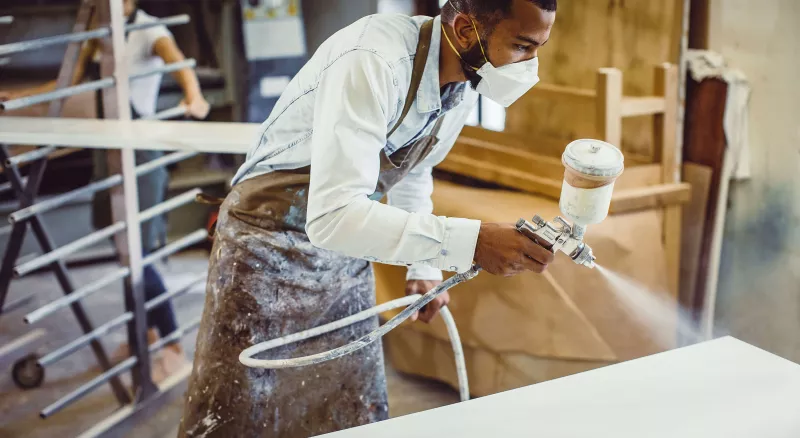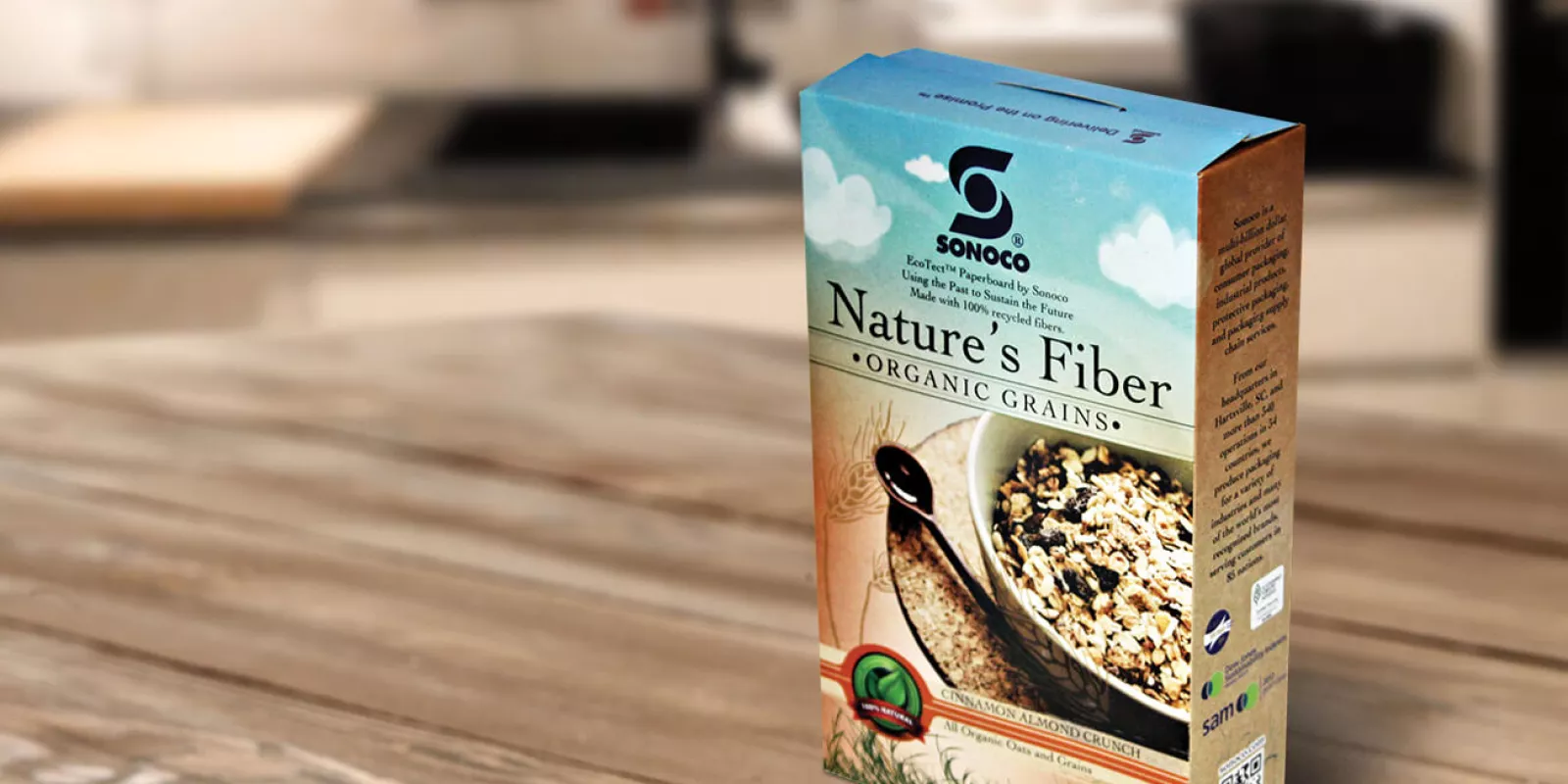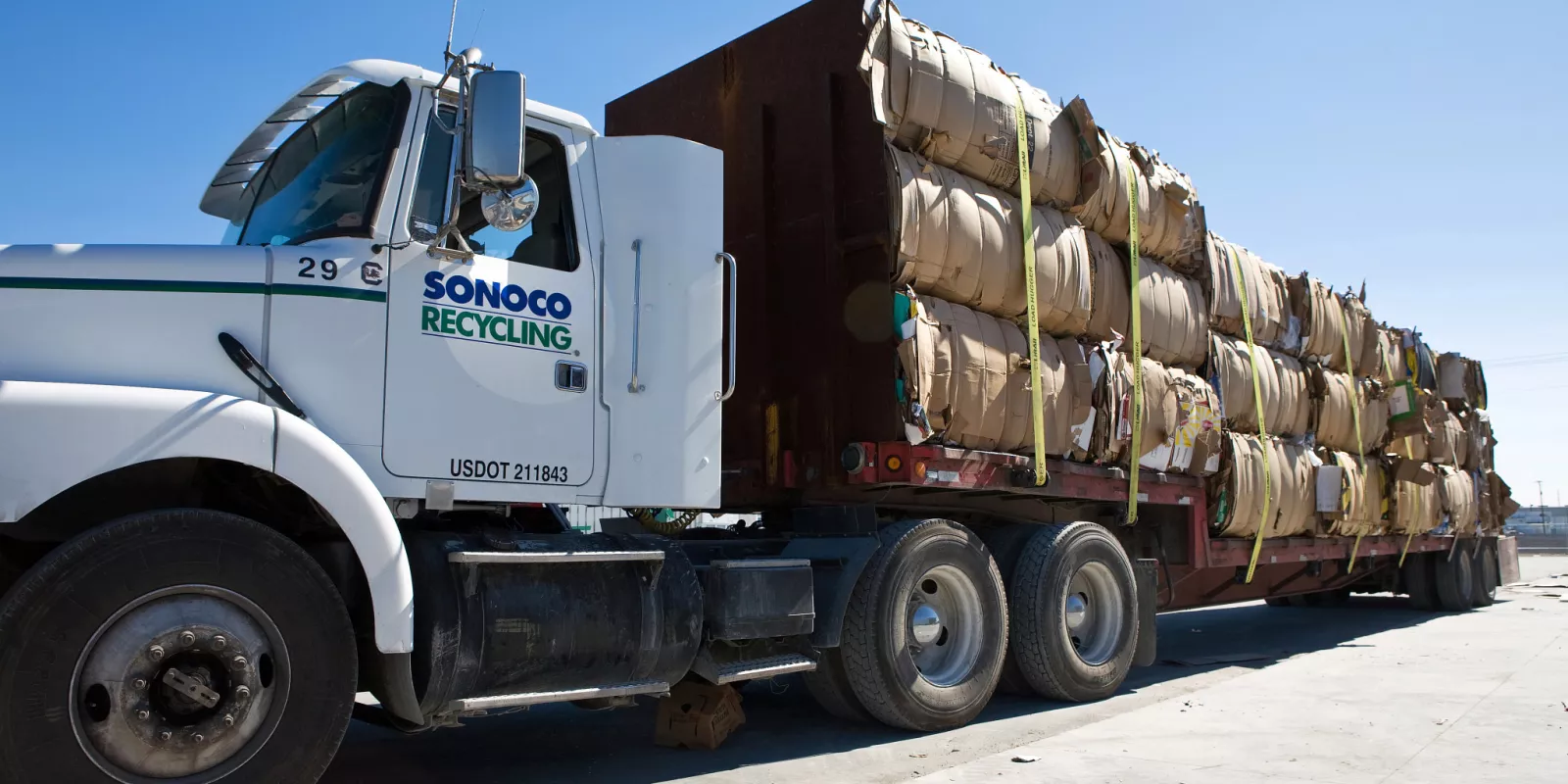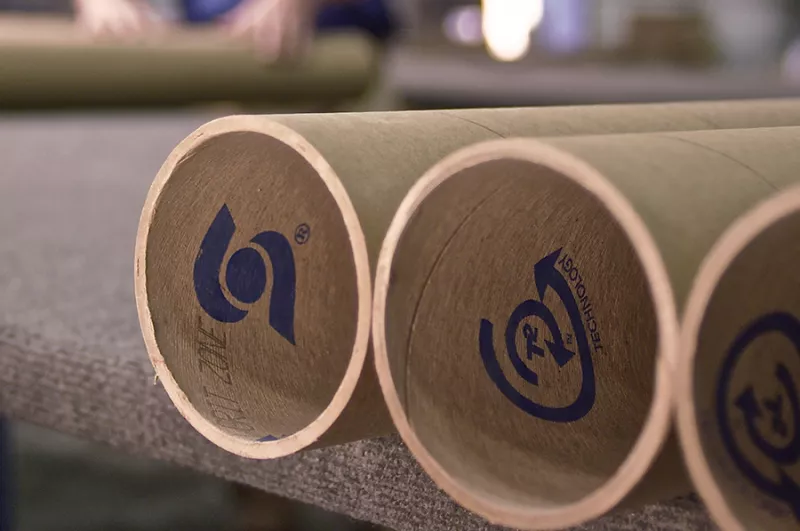We are committed to doing the right thing and are as passionate about their products and sustainability goals as our customers. To help them, we created this packaging glossary to define terms that are often misunderstood in the industry.
Adhesives
Tack: This term describes the ability of two surfaces to resist separation after a short period of contact under light pressure.
Open Time: This term describes the time that the glue remains in contact with air after application. Sometimes called working time or open assembly time.
Viscosity: This term describes the measure of a fluid's resistance to flow. For example, water has a low viscosity, while honey has a high viscosity.
Substrate: This term describes the material to which an adhesive substance is applied for any purpose such as bonding or coating.
Learn more about us!

Flexible packaging
Stand-up pouch: This pouch has no bottom seal and is also known as a plow-bottom bag. It is flush with the fold and is suitable for packaging heavier contents.
K-pouch with skirt closure: This pouch has beveled corners and a bottom seal. It is suitable for packaging items weighing between 1 and 5 pounds.
Doyen-style bag: This pouch has a rounded bottom and is also known as a U-fold bag. It is suitable for products weighing less than 1 pound.
Tri-seal bag: This tri-seal pouch has no gusset and is ideal for hanging and lighter contents.
Learn more about flexible packaging!
Metal Packaging
Two-Piece Cans This metal packaging is made by first forming a steel "cup" and then stretching the "cup" through a series of die rings to form a complete cylinder and bottom. The product is then loaded into the can and sealed with a can lid to form a "two-piece" (can body and can lid) package.
Three-Piece Cans: This metal packaging is made by welding a steel can body blank into a cylinder. Then, a can lid is welded to the cylinder. The product is then loaded into the can and sealed with the other end to form a "three-piece" (can plus two ends) package.
Two-Piece Aerosol Cans: This metal packaging is formed through a continuous drawing and ironing (D&I) process in which the steel is stretched into a cylinder with the bottom seamed to the cylinder on both sides. The two-piece package design includes an integrated dome to form a cone shape.
Three-piece aerosol cans: This type of metal packaging is produced using a batch process that cuts flat sheet material into can blanks, which are then formed and welded into a cylindrical shape with a domed top and a double-seam bottom. Three-piece cans are available in both the traditional straight-sided look and the more modern necked-down can shape.
Paper
Uncoated recycled board (URB): This type of board is produced using fibers that are recycled from industrial or post-consumer sources, such as corrugated boxes.
Paperboard: Paperboard is a type of corrugated board that consists of paper layers, called liner and media. This material is used to make corrugated boxes. Paperboard can be made from virgin fiber or recycled fiber. Since more and more paperboard is produced from recycled fiber instead of virgin fiber, some people automatically consider paperboard to be recycled fiber.
Kraft: This is a process for producing paper and paperboard that uses specific chemicals to break down trees into individual fibers. Strictly speaking, kraft board is virgin paperboard. However, due to its brown color, kraft board is often mistaken for recycled paperboard or URB.
Learn more about uncoated recycled paperboard!

Recycling
Material Recovery Facility (MRF): This term refers to large recycling plants that process mixed and residential single-stream materials. MRFs rely on a variety of mechanical and automated sorting equipment combined with manual quality control (or QC) processes.
Single-Stream Recycling: This term refers to the fact that all the materials that make up residential recycling are mixed in one stream. In practice, it refers to paper, glass, metal, plastic, and old corrugated containers (like used cardboard boxes), all collected together through curbside residential recycling.
Resin Identification Code (RIC): This term refers to a symbol that is usually included on the bottom of a product (see the green triangle symbol). It indicates what type of plastic the product is made of. The RIC symbol does not determine if a product is recyclable.
Learn more about Sonoco's recycling program!

Paperboard Container (RPC)
Paperboard Container: Also known as spiral-wrap paper tube or cylindrical paper container, paperboard container is a multi-layer package made of one or two layers of 100% recycled fiber paperboard (90% from post-consumer recycled resources) that includes an oxygen and moisture barrier liner determined by the product contents. These packages are closed with a steel bottom and secured with an easy-open metal or paper top cover (paper and plastic bottom are available in some regions).
Spiral Wrap Label: These labels are wrapped around the can while it is being made, eliminating a step in the production process. This process ensures that the label becomes part of the container structure and will not separate.
Curl Label: These labels are wrapped around the can after it is made. They have a vertical seam along the side of the can. Their seam is not noticeable and provides the flexibility of self-labeling.
Film Closure: This cover is made of aluminum foil or paper and is generally lighter than aluminum or steel lids. The film itself is adhered to a metal ring and then sewn to the top of the can, or it is adhered directly to the edge of the package. .
Learn more about cardboard containers!
Tubes and Cores (T&C)
Paper Mill Packaging (PMP): Refers to the cores and packaging used to roll paper in paper mills. To prevent damage, wooden plugs help maintain the integrity of the cores during shipping. Roll wraps and roll caps create an encapsulated protective barrier to prevent moisture, dust, and handling.
Chew-out: This term refers to the equipment slipping inside the core as the product is being rolled or unrolled from the core. The device used to grab the roll during rotation (called the core gripper or shaft) can rotate inside the core due to loss of grip or traction, which can damage the core and make it impossible to roll or unroll.
Dimensional Stability: Refers to the length, inner diameter, and outer diameter of the core. Cores are hydrophobic, which means they absorb or lose moisture depending on the storage environment. If the cores change in size, they may become unusable.
Patterning Efficiency: This term refers to the textile transfer process. It indicates how quickly fibers are transferred from one core to another, which is an extremely important factor in the textile industry. This is a very fast, continuous process that requires specific tube and core design and technology.
Learn more about tubes and cores!

Sustainability
Scope 1 emissions: This term includes direct greenhouse gas (GHG) emissions from sources controlled or owned by the organization (e.g., emissions associated with fuel combustion in boilers, furnaces, vehicles, etc.).
Scope 2 emissions: This term includes indirect GHG emissions associated with purchased electricity, steam, heat, or cooling.
Scope 3 emissions: This term includes other indirect emissions such as extraction and production of purchased materials and fuels, transportation-related activities by vehicles not owned or controlled by the reporting entity, electricity-related activities not covered by Scope 2 (e.g., transmission and distribution losses), outsourced activities, waste disposal, etc.
Learn more about Sonoco's sustainability efforts!
文章转自:https://www.sonocochina.com/packaging-101-glossary-packaging-terms

Contact information of Sonoco China Factory:
Sonoco (Taicang) Packaging Co., Ltd.
Address: No. 3 Nanjing East Road, Taicang City, Jiangsu Province (Dacheng Industrial Park) 215400
Tel: 0512-53201921
 Pages you might like
Pages you might like








 Latest information
Latest information
 Follow official account
Follow official account
 Online support
Online support
 鄂ICP备2022017323号
鄂ICP备2022017323号
 鄂公网安备 42018502006493
鄂公网安备 42018502006493
 Launch Exhibition
Launch Exhibition
 Release information
Release information





-min.png.png)

 Today's topic
Today's topic








